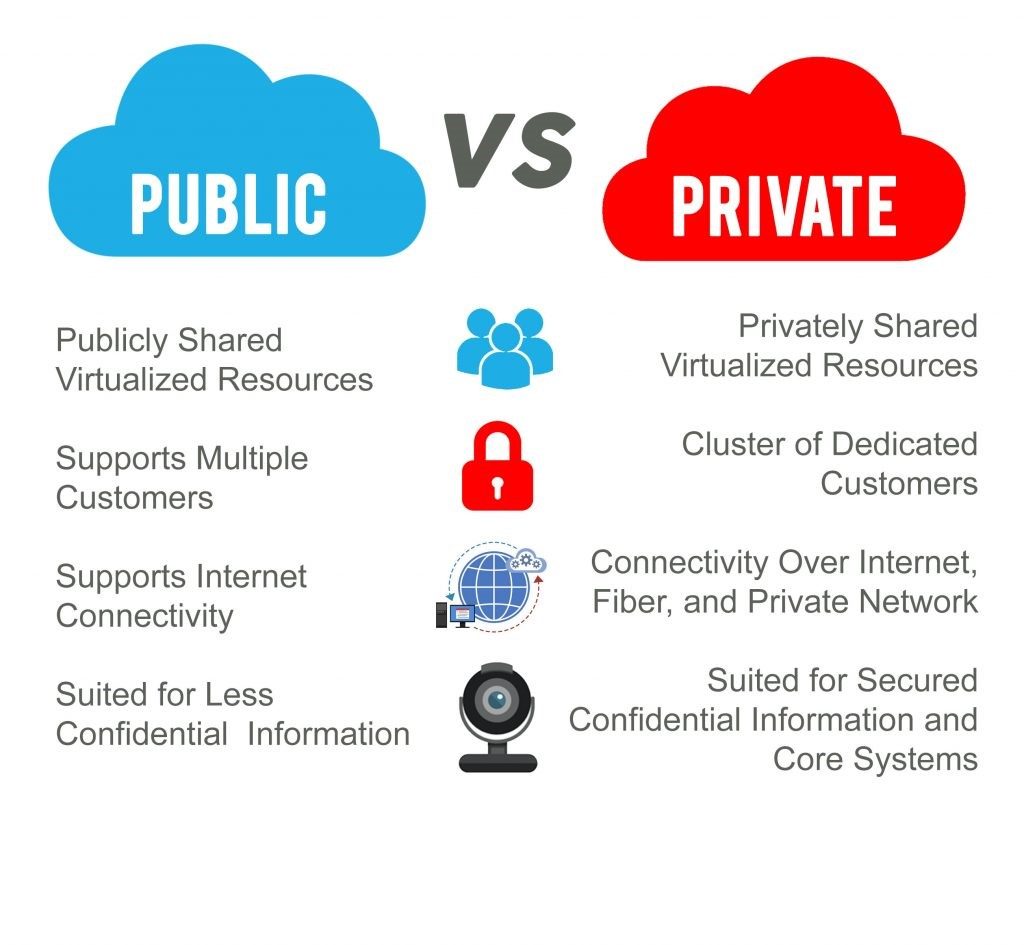Continuous increase in data, buying and maintaining costs, hiring more and more staff for management of data, is building up pressure on the organizations.
Eliminating the challenge of data growth with Enterprise Cloud Storage
Many organizations are moving towards cloud for smart management of data. Cloud brings up ease and allows you to have many opportunities. The organizations have started to use different clouds according to the nature of the data.

Public cloud for non-critical applications and Private cloud for critical applications.
Many organizations transfer the data through cloud gateway as their needs change.
Cloud Disaster Recovery
Many cloud service providers allow the organizations to have cloud disaster recovery for securing the data in case of any disaster.
Cloud disaster recovery is a concept which has a lot of hype. Cloud computing also absorb a fair share in the hype. The enterprise cloud storage gives a new turn to storage. But cloud disaster recovery is still nascent, some companies especially SMBs. Cloud reduces the need for data center space, IT infrastructure, IT resources, costs.
FAILOVER AND FAILBACK KEY TO CLOUD RECOVERY
Cloud based disaster recovery is not the perfect solution. It has some short comings and challenges. There is some matter of concerns using cloud. The effective cloud disaster recovery provides the business continuity and ability to failover to the second site if there is a hardware or software failure or any type of crises. Through failback the data is brought back to the original locations when the crises are resolved.
The failover and failback is an automated service. The organizations can run the tests at the regular intervals on the isolated network systems that don’t impact the production data.
The organizations can choose to fail over data, entire applications or virtual machines. When the data is failed over, it is available from the file services in the cloud. Though the cloud recovery can take long time there is a large amount of data. The data which is application based can be replicated to another application which is running in the cloud. The entire image of VM can also be replicated to the cloud powered up and accessed if there is and on-premises failover.
LEADING CLOUD DISASTER RECOVERY PROVIDERS AND VENDORS:
As we are aware that cloud removes the need to maintain the second site, the DR is considered to be the prime use case for the cloud. The disaster recovery requires failing applications over the cloud and failing back. There are many vendors out in the market which have sprung offer DR services. The leading disaster recovery service vendors include Azure, AWS, StoneFly, IBM and much more. The each vendor has the flexibility to move to the cloud. The data can be moved to the cloud and on-premises. Cloud can help organizations to devise smart backup and disaster recovery plan.




